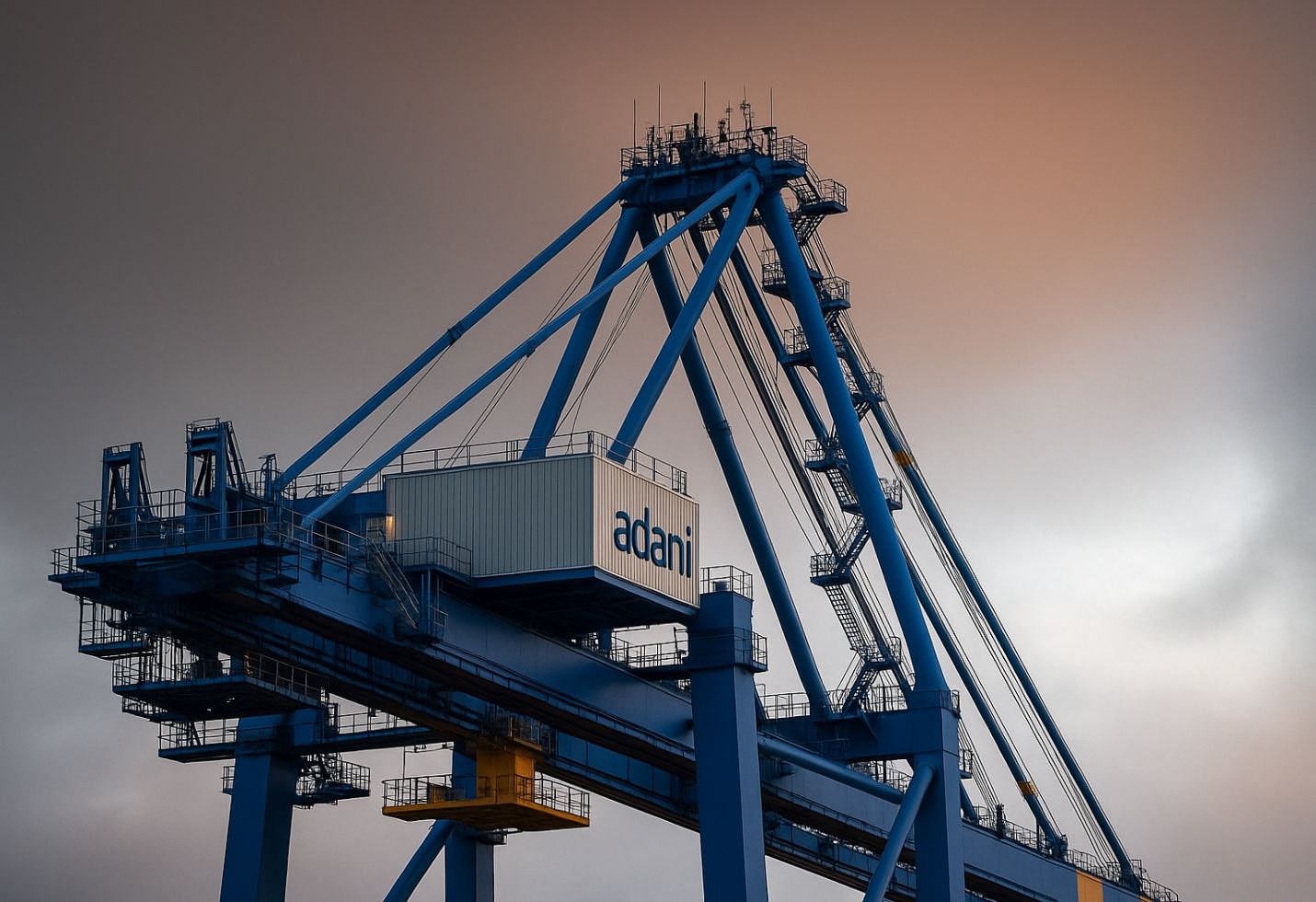SEBI Simplifies IPO Rules for Big Issuers, Expands Investor Pool
India’s capital markets regulator, the Securities and Exchange Board of India (SEBI), has introduced significant reforms aimed at simplifying the initial public offering (IPO) process for large companies while simultaneously widening the pool of anchor investors. These changes are expected to boost participation, strengthen corporate fundraising avenues, and increase retail and institutional interest in the primary market.
Simplifying IPO norms for large issuers
Under the revised guidelines, SEBI has eased the minimum public shareholding requirements and streamlined disclosure norms for companies planning IPOs with an issue size of over ₹10,000 crore. Large issuers often face challenges meeting stringent requirements, which can delay their listing process. By relaxing certain thresholds, SEBI aims to encourage more companies to tap into India’s equity markets, especially those with global ambitions and high capital needs.
Previously, companies launching mega IPOs were required to adhere to strict timelines for increasing public shareholding and faced limits on allocation structures. The new framework allows greater flexibility, making it easier for large corporations to raise funds without being burdened by rigid compliance structures. This is expected to attract technology firms, new-age startups, and capital-intensive industries such as infrastructure and energy to pursue listings.
Expanding the anchor investor pool
Anchor investors, typically large institutional buyers who commit to purchasing shares before an IPO opens for public subscription, provide stability and confidence to the offering. Until now, this pool was largely restricted to a set of qualified institutional buyers (QIBs). With the revised norms, SEBI has broadened eligibility to include a wider range of institutional investors, such as sovereign wealth funds, pension funds, and certain category II alternative investment funds (AIFs). This expansion is expected to deepen liquidity, enhance price discovery, and distribute IPO risk more evenly across a diverse set of investors.
Boosting confidence in primary markets
These reforms are timely, given the resurgence of IPO activity in India. Over the past two years, several companies have delayed or downsized their IPOs due to volatile market conditions and concerns about investor appetite. By offering flexibility in shareholding norms and expanding anchor participation, SEBI is sending a strong signal of support to issuers and investors alike. Analysts believe that the measures will reduce the execution risks associated with mega IPOs, as issuers will now be able to secure a more stable and diverse investor base early in the process. Furthermore, retail investors could benefit indirectly, as enhanced anchor participation often results in stronger aftermarket performance.
Addressing global competitiveness
India has become one of the most attractive destinations for capital raising, but regulatory hurdles sometimes push companies to explore overseas listings. By easing IPO norms domestically, SEBI is working to retain large issuers within Indian markets, ensuring that domestic investors can participate in the growth story of homegrown enterprises. Global peers such as the U.S. Securities and Exchange Commission (SEC) and the Hong Kong Stock Exchange already provide flexible frameworks for large issuers, which has made them attractive destinations for listings. SEBI’s latest reforms align India more closely with these international practices, reducing the gap and making the country a competitive choice for global capital.
Market reactions and expectations
The reforms have been widely welcomed by market participants. Investment bankers see this as a positive development that will reduce bottlenecks in deal-making and help accelerate India’s IPO pipeline. Institutional investors, particularly sovereign and pension funds, have expressed interest in participating under the expanded anchor category. However, some experts have cautioned that while easing norms can encourage participation, regulators must ensure strong investor protection mechanisms remain intact. Transparency in disclosures, proper due diligence, and strict monitoring of anchor lock-in periods will remain critical to maintaining market integrity.
Potential impact on upcoming IPOs
Several high-profile companies, particularly in the financial services, energy, and technology sectors, are expected to benefit from the revised guidelines. Companies with large fundraising requirements may now find it easier to structure their IPOs in ways that attract both domestic and foreign investors. The move could also encourage firms that had been hesitant about listing due to compliance concerns to revisit their IPO plans. Analysts predict a surge in large IPO filings in the coming quarters, which could further deepen India’s capital markets.
Conclusion
SEBI’s decision to ease IPO norms for large issuers and expand the anchor investor pool represents a progressive step toward fostering a more dynamic, inclusive, and globally competitive capital market in India. By balancing flexibility with investor protection, the reforms are poised to unlock greater opportunities for companies, investors, and the economy at large.
The image added is for representation purposes only










